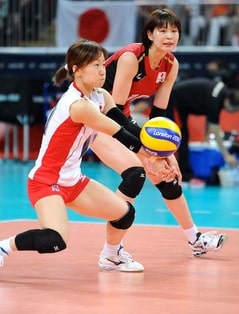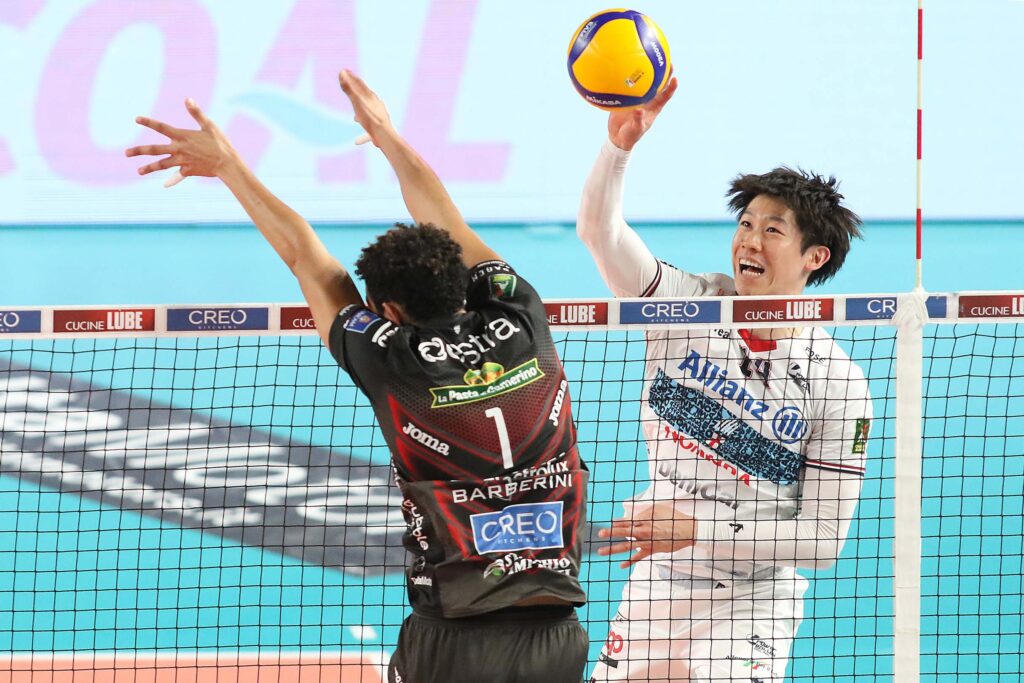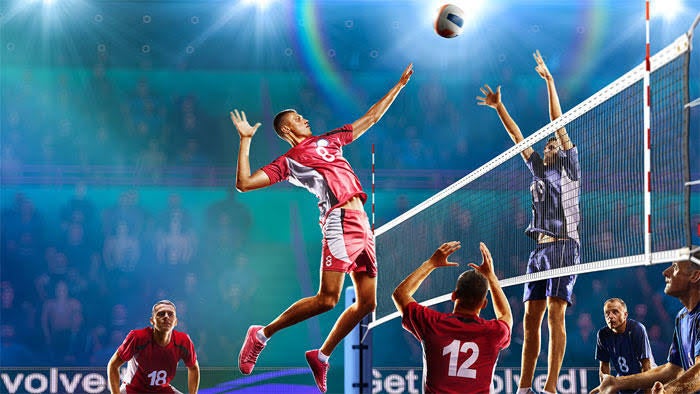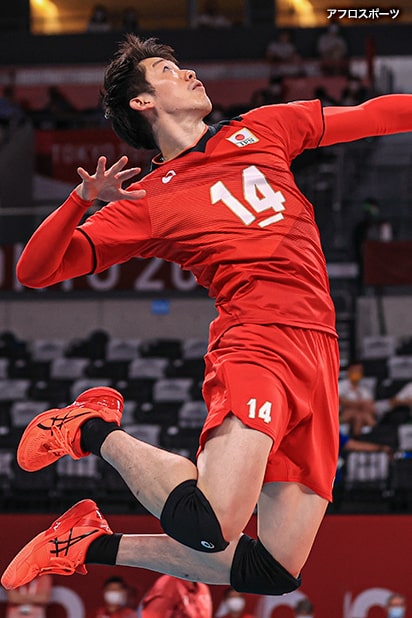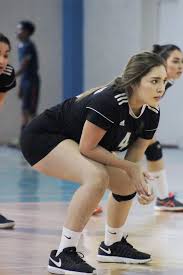
In volleyball, according to the rules, you can use your feet.
Therefore, it is okay to receive, toss, and attack with your feet, like in Sepak Takraw (a volleyball-like game that uses only your feet).
Not only does it become difficult to control the ball, it also consumes a lot of physical strength, and above all, it is dangerous to hit a teammate with your foot as you may get injured, so in volleyball, it is normal to try to avoid using your feet as much as possible.
It’s bad practice in volleyball to put your foot out for a quick reception.
However, if you are new to volleyball or have played ball games that use your feet, such as soccer or futsal,
When playing volleyball, I often end up sticking my foot out at a moment’s notice.
As mentioned above, using your feet to raise the ball has less control precision than using your hands, and watching someone kick a volleyball with their feet is not a pleasant experience.
This time, I would like to explain whether it is okay to use your legs in volleyball (is it OK to kick?) and how to practice without sticking your legs out for those who inevitably stick out their legs.
目次
About the use of feet in volleyball
In volleyball, the hands and arms are typically used primarily to handle the ball.
However, under the rules of volleyball, many people, from beginners to experienced volleyball players, have the question, “Are we allowed to touch the ball with our feet or other body parts?”
Use of feet in volleyball
According to the rules of the International Volleyball Federation (FIVB), in volleyball you are allowed to use any part of your body to touch the ball, including your feet.
This means that you can use not only your hands, but also your feet or any other body part, as long as the ball is within the playfield.
Specific situations where feet are used
- Emergency response during defense: Use your feet when the opponent’s attack is very fast or when your body position is at a disadvantage and it is difficult to receive using your hands. This is especially effective when the ball is flying low or when your body is close to the ground.
- Free Ball Handling: Some players intentionally use their feet to control and pass the ball during the flow of play. This is a technique often seen by experienced players due to its technical difficulty.
Limitations and precautions when using the feet
- Control Difficulty: Playing with your feet is more difficult to control than using your hands. Therefore, the situations in which feet are used are limited to those where there is no other option or where it is actively chosen for tactical reasons.
- Consistency with team tactics: You need to consider whether using your feet is consistent with your team’s tactics and flow. Avoid disrupting team play by using your feet unnecessarily.
Use of feet in practice
Foot techniques are also useful in emergency response and certain tactical situations, so they are worth practicing as part of your training.
However, it is appropriate to focus on learning basic skills and improving team play, and then incorporate footwork as a supplementary skill.

Practice not to use your legs in volleyball
In volleyball, one of the reasons why you suddenly put your foot out when receiving may be due to reflex action or not being able to position yourself properly.
By practicing so that you use your feet less, you can acquire more effective receiving techniques.
Here are some ways to practice this.
1. Strengthen footwork
- Purpose: Improve your movement to react quickly to the ball and take the right position without using your feet.
- How to do it: Do footwork drills and practice quick steps, side steps, cross steps, etc. Incorporate agility exercises using cones and ladders to improve your quick turning and positioning skills.
2. Improving predictive ability
- Purpose: Predict the trajectory of the ball and the opponent’s attack pattern to quickly move to the appropriate position.
- How to do it: Have a teammate or coach serve or attack the ball, predicting where the ball will come from and positioning yourself correctly. Through repeated practice, you will develop the ability to read the initial movements of serves and spikes.
3. Practice basic receiving techniques
- Purpose: Learn the correct receiving form and improve the accuracy of receiving with your hands.
- How to do it: Practice basic receiving form (feet slightly wider than shoulder width, knees bent and low, arms extended and hands clasped). Practice receiving repeatedly by hitting the wall and exchanging toss with a partner.
4. Simulation practice
- Purpose: Practice receiving in situations similar to actual combat, and develop a natural reaction without using your feet.
- Method: Perform drills that simulate the actual game and practice various situations during the game, such as receiving a serve and defending spikes. This allows for accurate receiving under pressure.
5. Mental training
- Objective: To be able to remain calm under pressure and make appropriate decisions.
- How to do it: Practice relaxation techniques and concentration so you can stay calm and respond during the game. Mental strength is also important for making the right technical choices.
Learn correct receiving form and improve your footwork through these exercises.
But there’s no need to worry too much.
If you practice repeatedly, you will naturally be able to move your hands before your feet.
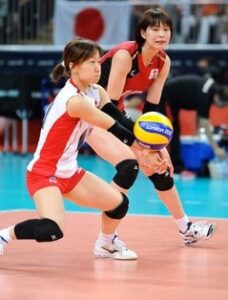
If you use your legs, ask them to make sure they are leaning forward.
People who suddenly put their feet out are often not leaning forward when receiving in the first place.
If you are not leaning forward, it is easy to put your foot out, so you may end up kicking the ball at a moment’s notice.
On the other hand, if you bend your knees, lower your hips, and lean forward, you will be able to reach the ball faster by reaching out than kicking it with your feet, which will improve your habit of sticking your feet out. Masu
If you are worried about using your legs, ask a teammate to check whether you are leaning forward when receiving.
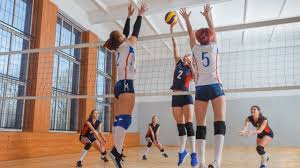
summary
In volleyball, you are allowed to use any part of your body to play the ball, including your feet.
However, this technique is limited to specific situations and emergencies, and the basic skills are centered around playing with the hands and arms.
Foot play should be done carefully and based on tactical judgment, taking into consideration control and precision.
Click here for volleyball glossary

